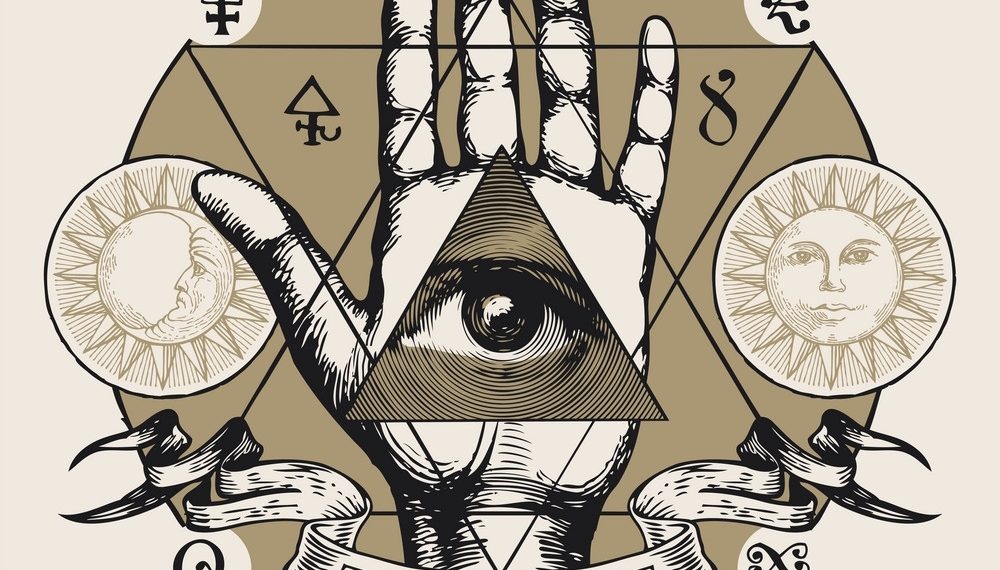An English translation of the New Testament that led to the translator’s execution for heresy in 1536. A 13th-century decorated bronze vessel inscribed with the name of a famous rabbi’s son. A silver ring dating back to the 3rd century C.E. bearing the carved likeness of an anchor and fish—evidence of early Christians in Britain.
These are among the highlights of the unique Museum of Faith, a one-of-a-kind institution devoted to telling the history of religious faith in England—all 6,000 years of it—from paganism to pageantry, from Renaissance to Reformation, from dissension to division to diversity. It’s all there in all its piety and violence and drama.

The museum features artifacts from Roman times and earlier, along with reminders of the power of the monasteries—the lone repository of the world’s knowledge during the Dark Ages—the splitting of Christianity into multiple traditions, the imposition of science on religion’s stage, and all the way into the tumult of beliefs that is the landscape of faith today.
The Faith Museum, which opened its doors October 7, 2023, came about through a serendipitous conjunction of unlikely factors: a wealthy London banker, a dying town, and an eight-day silent retreat.
The banker, Jonathan Ruffer, was raised in northern England, close to the once bustling town of Bishop Auckland. Once the county seat of the powerful bishop of Durham, the town had fallen on hard times—its shops boarded up, its coal pits closed, its people—those who remained—largely unemployed.
Bishop Auckland might have remained a town without hope, gasping its last breaths at the turn of the present century, had Ruffer not sojourned on an eight-day Ignatian silent retreat in Wales a decade ago.
Ruffer, an active Christian since his Cambridge University days, had an epiphany during the eight days of silence, abstinence and meditation.
“It was simply supposed to be a wash and brush up,” Ruffer recalls, “but when I was there I was mugged (by God), challenged to turn my life into one that was working with the voiceless wherever I chose. Being unimaginative, I thought it best to return to my roots here.”
At the start of the retreat a priest and a kitchen worker fell ill. Each day the retreatants were kept informed of the priest’s condition but not of the kitchen worker’s. Ruffer was appalled.
“I found myself shaking my fist and saying to God, ‘Who’ll look after the little person?’ The answer came straight back. So that’s a dangerous question to ask,” he said.
“It was clear it was what I was called to do. The key was accepting what it was. I always define it as an Abrahamic call, in that I was clearly being sent on a journey, and, like Abraham, I wasn’t vouchsafed the destination. I really have spent years not knowing what I was doing.”
The result of that “dangerous question” and journey was a 10-year campaign to resurrect the moribund community of Bishop Auckland. Museums, galleries and parks—all part of the “Auckland Project”—came into existence—all aimed at attracting visitors to the little off-the-main-road town. A Spanish Gallery filled with priceless works by Spanish Old Masters, including Velazquez, El Greco and Murillo. reflect Ruffer’s passion for that period of art.
Still, there was something missing. “What I could see was that there is no faith museum anywhere, and the fact that it’s taken us 10 years to get to—it was the only specific, tangible thought I had, and it’s the last thing to fall into place.”
Ruffer, who became a Christian “not because I needed it but because it was true,” says the Faith Museum’s raison d être is not to convert but to teach.
“I do think that what we are trying to do here hasn’t been done before. That doesn’t make us pioneers. It hasn’t been tried because it is impossible in an age like this when there is such an animus against people with faith, and those with faith are often vituperative toward others with faith.”
Located in an older wing of Auckland Castle, the museum begins with an exhibit outlining the origins of faith in Britain from 6,000 years ago and ends with the modern day—spotlighting contemporary artists and their personal expressions of faith. In between are timelines and storylines of the dramatic twists and turns of faith in Britain.
All told, the Museum boasts a collection of more than 250 objects from private and personal collections across Britain, many on loan as it works to build its own repository.
Amina Wright, senior curator of the Faith Museum, says all the items on display form a narrative of faith: “Every object is seen as a witness to faith, showing the impact of faith on Britain.” But, she says, “We can’t explain the last 23 years in the same way. We need more distance to gain a perspective,” noting the difficulty for curators in finding physical objects for today’s faith experiences, when so much is virtual, digital and literally (and ironically, for a museum specializing in faith) incorporeal.
As for Jonathan Ruffer, his journey is not over—not even close. The town of Bishop Auckland continues its revival, now buoyed by grants from the public and private sectors, charities created to fund projects, an annual summer pageant, a hotel, a Spanish tapas bar, and over £100 million from Ruffer’s own pocket.
But the Museum of Faith is the centerpiece and is closest to Ruffer’s heart. At first reluctant to purchase a castle with its daunting challenges, essential and endless renovations which made it at once a grand site and a colossal liability, he’s now glad that he secured the building which became the museum’s home—the museum that makes all the work and planning worthwhile; the museum that he now describes as “comfort food for taking on the castle,” is more than that.
It and the revival of
a community left for dead fulfill a contract Ruffer made with the Almighty
years earlier—all over a matter of an ill and ignored “little person.”
_______________
From its beginnings, the Church of Scientology has recognized that freedom of religion is a fundamental human right. In a world where conflicts are often traceable to intolerance of others’ religious beliefs and practices, the Church has, for more than 50 years, made the preservation of religious liberty an overriding concern.
The Church publishes this blog to help create a better understanding of the freedom of religion and belief and provide news on religious freedom and issues affecting this freedom around the world.
The Founder of the Scientology religion is L. Ron Hubbard and Mr. David Miscavige is the religion’s ecclesiastical leader.
For more information, visit the Scientology website or Scientology Network.
DOWNLOAD THE WHITEPAPER

